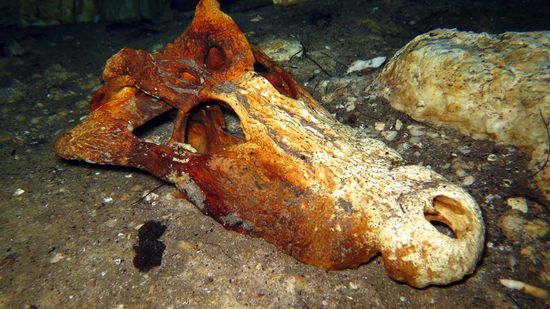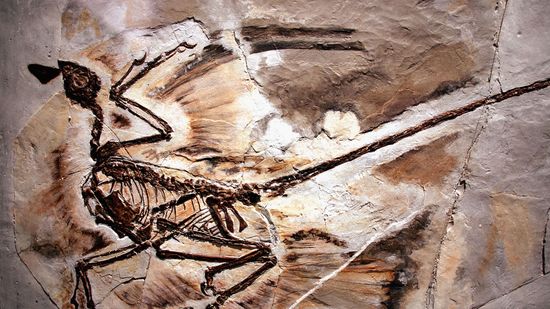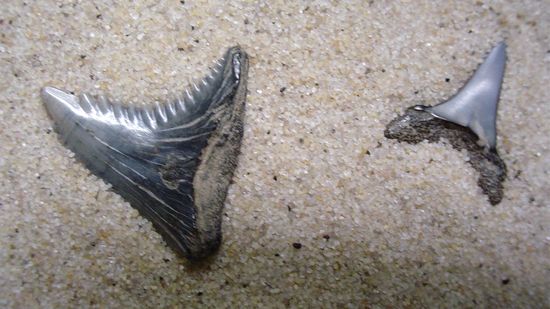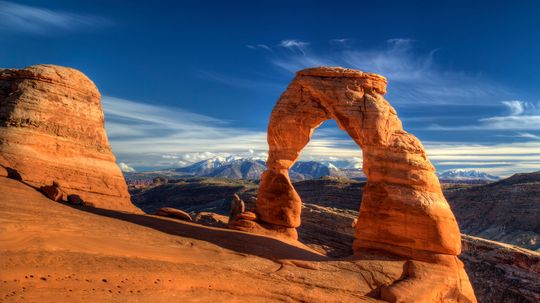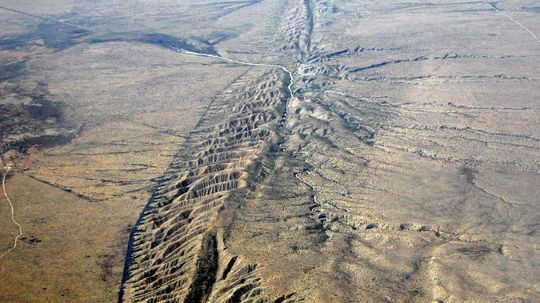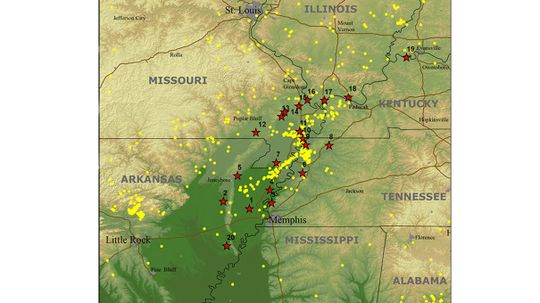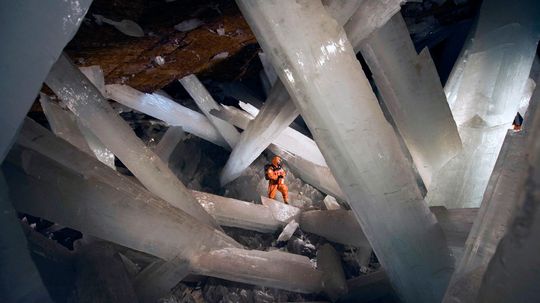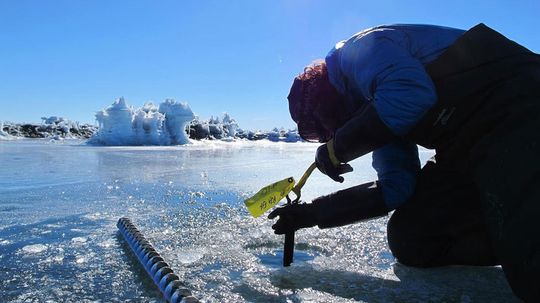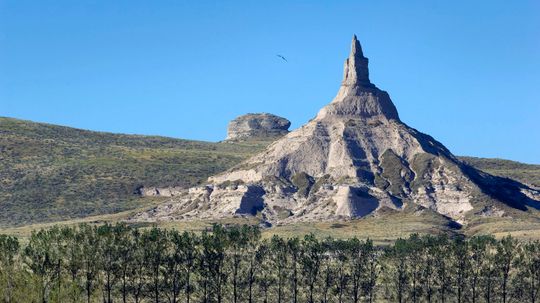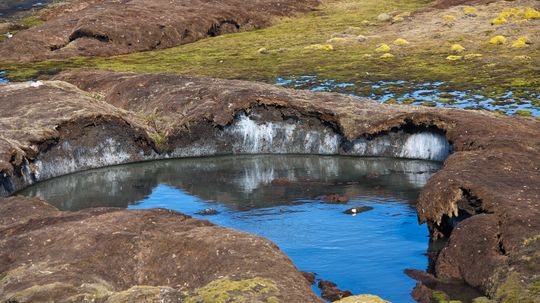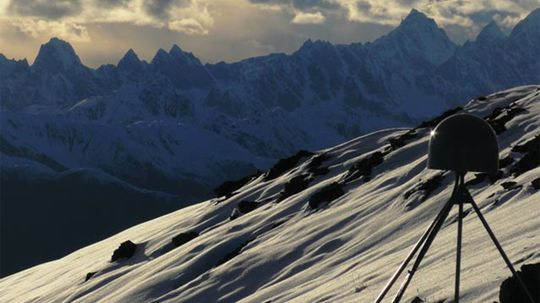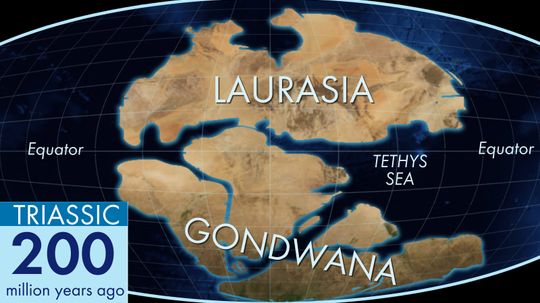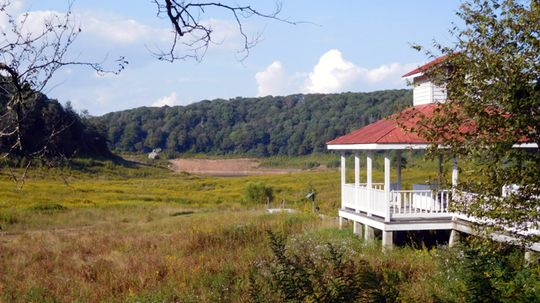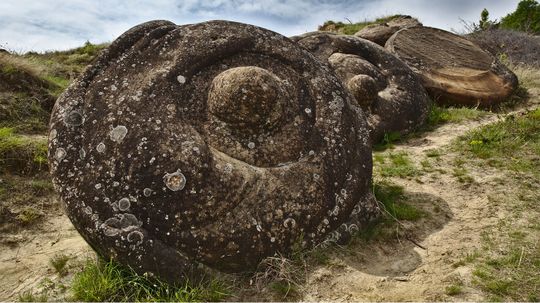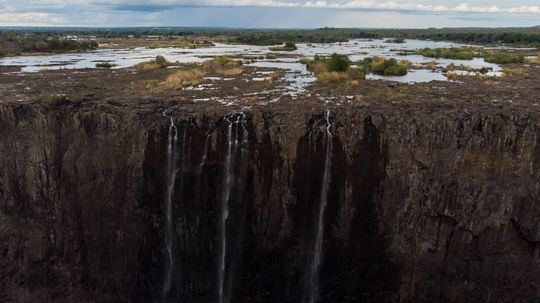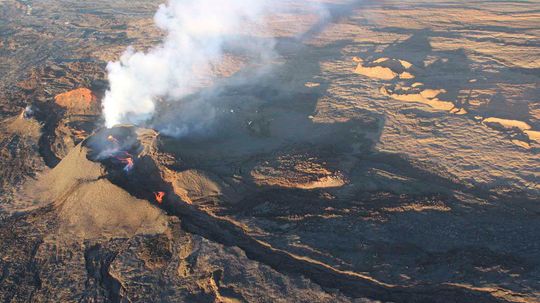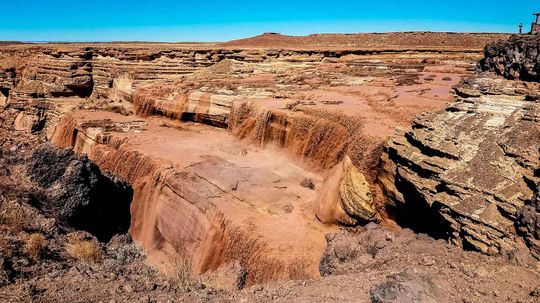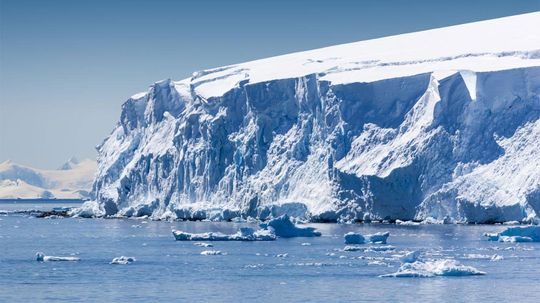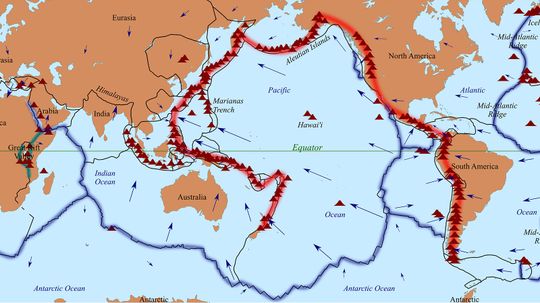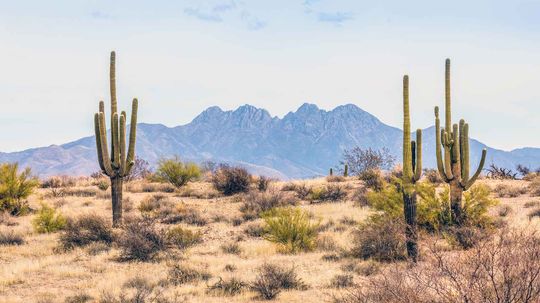Geologic Processes
Geological processes have helped to create many iconic features on Earth. Processes, such as plate tectonics, are what shapes the face of the Earth. Here you can discover the power of geological processes.
Learn More / Page 2
These ancient wonders aren't static sculptures; they vibrate and shift throughout the day, creating a variety of sounds as they stretch their aging, eroding 'bones.'
The oceans on planet Earth cycle through daily tidal changes. But the ground beneath our feet experiences tides of its own, too.
By Mark Mancini
Will a town in southern Missouri be the epicenter of the next 'big one'?
By Mark Mancini
Advertisement
Massive gypsum crystals were discovered beneath Mexico's Sierra de Naica Mountain in very inhospitable environs - to humans anyway.
By Mark Mancini
Scientists set up two stations to capture this strange seismic activity.
By Mark Mancini
The end of Earth will likely come about because of the sun in our solar system. This much you might already know, but we actually have an approximate date.
By Robert Lamb
The U.S. is full of exceptional geological formations. But these five set the bar high as far as landmarks go.
By Mark Mancini
Advertisement
Permafrost across the globe is rapidly melting. What could this mean for the future of the planet?
By Mark Mancini
Discover the origins of the continental drift theory and how scientists explain these geologic phenomena.
Gondwana was a humongous landmass that persisted for 300 million years before it began to break up, forming all the continents in the modern Southern Hemisphere.
Mountain Lake in Virginia is best known for its starring role in 'Dirty Dancing.' But today, it's nothing more than a muddy pit that's all but dried up ... and geologists think they may know why.
Advertisement
Trovants, found only in a small town in Romania, are stones that actually seem to move and grow. But are they alive?
Waterfalls are mainly reliant on precipitation to keep flowing. Here are six famous waterfalls that slowed to a trickle when drought set in.
Ash flows, deadly gases and vog are just a few of the other reasons why we all need to respect volcanoes.
Arizona isn't all desert. Take Grand Falls, aka "Chocolate Falls." It is dry most of the year, but when it rains, this waterfall pours.
Advertisement
Scientists are concerned that the Thwaites Glacier is melting at a rapid pace, though some don't love the name "Doomsday Glacier." What does the rapid melt of this huge glacier mean for the future of our planet?
By Mark Mancini
Nutty Putty Cave, near Salt Lake City, Utah, was discovered in 1960 and sealed up forever in 2009. But why?
Explore the Pacific Ring of Fire, a 24,900-mile zone with 75% of Earth's volcanoes and 90% of its earthquakes, shaped by dynamic tectonic activity.
By Mark Mancini
If you think the largest desert in the world is hot and sandy, think again. These 10 deserts spanning the globe are massive, but they're not all sunbaked.
By Mitch Ryan



